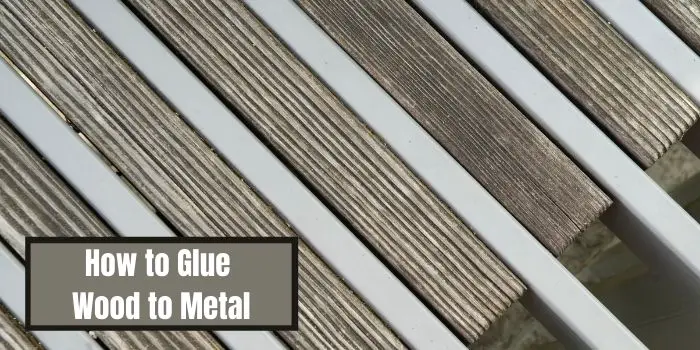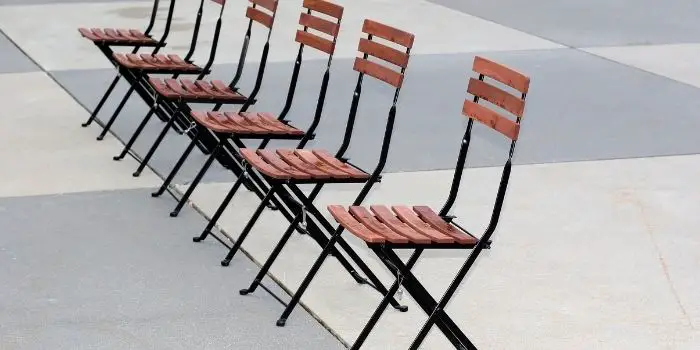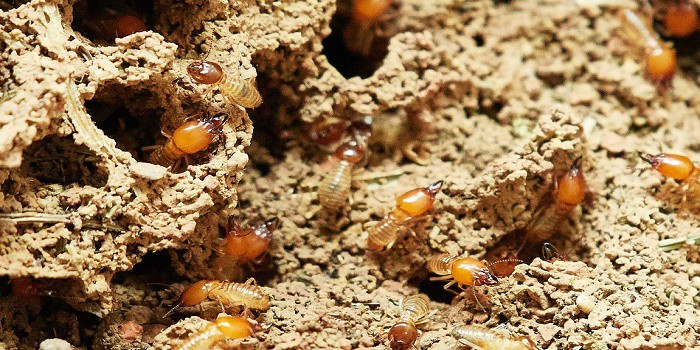
Glue and similar adhesives have been used to bind different materials together for hundreds of years.
Certain glues are better for specific projects, as most glue is designed to bind together similar materials, like metal to metal or wood to wood.
When gluing wood to metal, you may wonder what the best adhesive to use for this task is. So, let’s dive into and first understand…
Can You Attach Wood to Metal with Glue?
Indeed, you can glue wood to metal.
Although the materials are quite different in terms of density and porosity, you can easily accomplish this if the correct type of glue is used.
An acrylate or a two-part epoxy glue provides the strongest hold when it comes to metal and wood.
You could also use polyurethane-based wood glue or contact cement for the wood-to-metal joining job.
Why Use Glue for Attaching Metal to Wood?
Wood is more porous and less dense than metal, meaning that glue often works better when applied to wood since it can easily get into its surface.
Even so, metal can be glued together as well, but it is more effective to weld the pieces together as it is the more robust method and lasts longer.
Welding is impossible with wood, and you can’t use a nail gun to attach wood to any thick metal because the nails can’t easily penetrate the metal.
Still, generally speaking, glue is best to bind wood to metal when you don’t want to drill any holes in the metal.
Attaching wood to the metal firmly sometimes also involves gluing them and using a threading clamp to fasten them by using screws.

What Can Be Used to Glue Metal and Wood Together?
The process of gluing wood to metal is easy and begins with some basic cleaning.
To start, clean every surface to ensure it has no loose particles.
If there is rust or signs of tarnish on the metal, be sure to sand it down and then thoroughly clean it.
This will ensure that it bonds as efficiently as possible.
Then you can use different types of glue for fixing metal to wood. The two most common ones include the following:
1). Two-Part Glue
One of the best adhesives is acrylate glue, otherwise known as two-part epoxy.
This kind of adhesive is made out of two materials: hardener and resin. Once they are mixed, they create a solid bond.
If you use two-part epoxy, begin by squeezing out equal amounts of hardener and gluing it onto some disposable material like plastic or cardboard.
Mix them thoroughly and then evenly apply the mixture to the surfaces that you want to glue together.
Keep in mind that it takes between five and 10 minutes to set; in this window, you can move the metal or wood around to position it correctly.
A curing period of 12 and 24 hours is required, and once the adhesive has cured, you can start using the newly joined item.
The Pros:
- Provides an excellent bond that lasts
- It comes in various colors to match what you’re working on
- Won’t get hard like super glue unless you mix the resin and hardener
The Cons:
The main problem is expansion. Epoxy lacks flexibility after it has been cured.
While wood expands after absorbing moisture but shrinks when it’s dry, metal expands with heat.
If you are putting glue on a large area, the contraction and expansion of wood and metal will need to be taken into account.
2). Gorilla Glue or Super Glue
This kind of glue has high bonding strength and works differently from glues for wood only.
It provides a stronger bond that won’t weaken on impact, with temperature changes, or when wet.
Since wood is more porous, it’s recommended to put the glue on first and then attach the metal surface.
To ensure the best results, make sure you use the right kind of glue, as certain glues are only right for certain light materials and wood and don’t have the resistance, strength, and durability for a wood and metal project.
3). Liquid Nails to Join Wood and Metal
Liquid nails also work well in sticking together wood and metal materials in many cases.
Despite the name, liquid nails is a kind of adhesive that is designed for small repairs and projects that involves joining together smaller pieces.
You can use it for sticking lighter materials such as aluminum and plywood.
Additional Tips
Here are a few additional tips that will help you make the most of your gluing experience:
1- Read the instructions carefully. This will ensure that you use the right amount of glue and apply it correctly to get optimal results.
2- Work on a smooth and flat surface. This will help provide even pressure and promote a strong bond between the two surfaces.
3- Use clamps or other tools to hold your pieces together while the glue sets.
This will help ensure everything stays in place as it dries and reduces the risk of warping or other issues.
4- Practice patience and allow your glue to set completely before trying to move, sand, paint, or otherwise work with your project.
This will help ensure that you get the best results and won’t cause any damage to your work.
Does Wood Glue Work on Metal?
Wood glue is generally used for adhering different types of wood together.
You can use it for gluing wood joints, sticking veneers to wood, and doing other similar joinery and carpentry work.
But if you use wood glue to secure metal to wood, it will not provide you with a stronger bond to metal.
So, when trying to connect metal to a timber piece, it’s good to avoid using wood glue – instead, use the glues mentioned above for the best long-lasting results.
How Can You Stick Wood to Metal Without Glue?
One of the major drawbacks of using glue is that it is messy. Plus, it can be difficult to control and clean the excess glue if it gets dried on the surface.
With some of the quick-drying adhesives, it’s even challenging to get the proper thickness which can affect the quality of your work.
A good alternative to glue is to use double-sided gum tape, which will especially work well for sticking thin wood trims, veneers, and inlays onto metal.
Another substitute is to use screws to attach wood to metal though it will require drilling and a bit of specialized skill.
Final Thoughts
Though there are different ways to attach wood and metal, it is recommended that you choose the glue for the job.
An adhesive will allow you to attach the metal piece to the wood without using the screws.
However, the kind of glue you want will depend on your specific project and the specs of the material you’re using.

Hi, I am Mark Garner a professional carpenter, woodworker, and DIY painter. I live in the small city of Peoria, Arizona as a semi-retired woodworker. I have started this blog with a simple motive to help you with my wood experience in this sector. If you like to know more about what I love doing and how it all got started, you can check more about me here.





